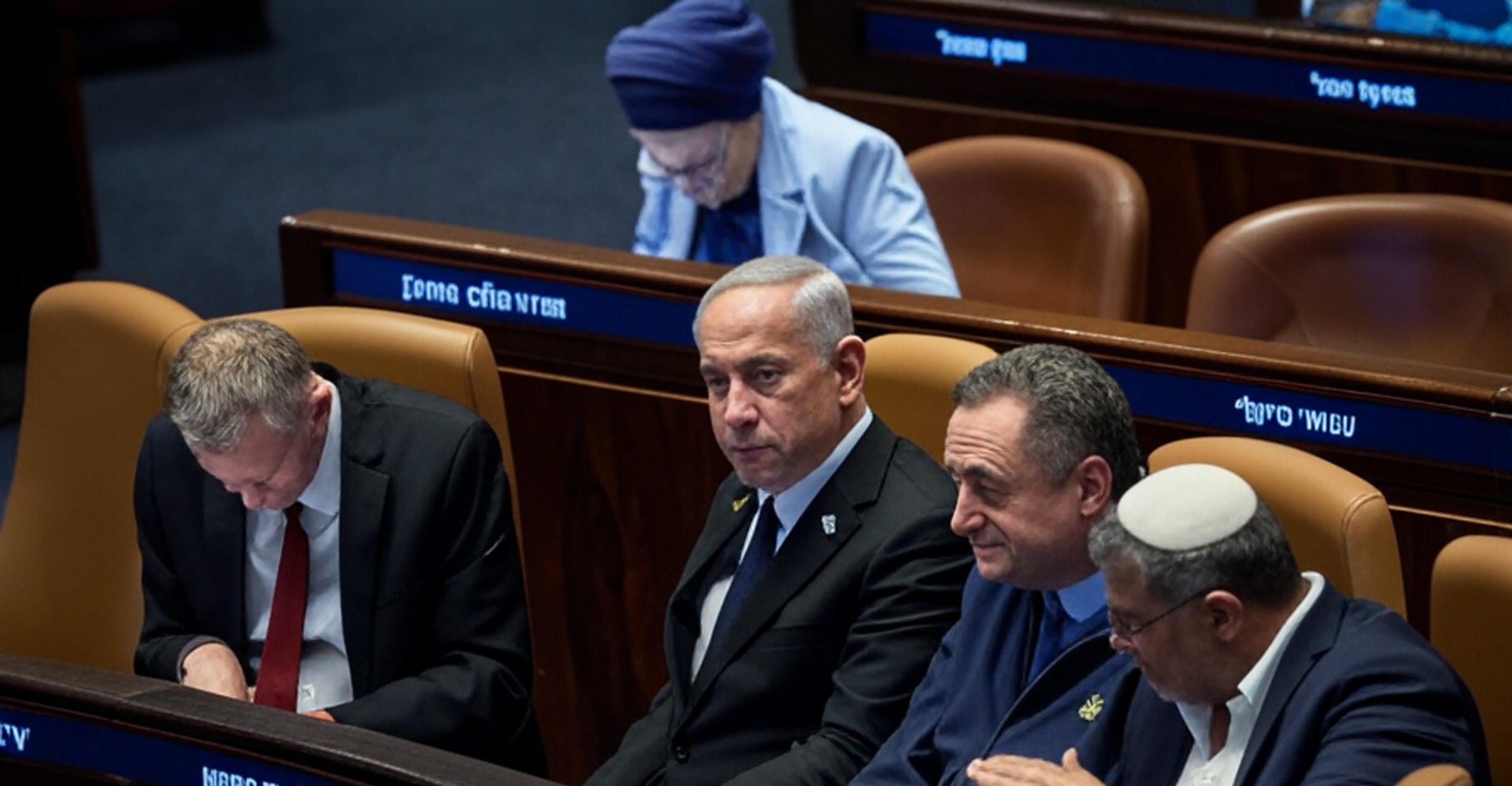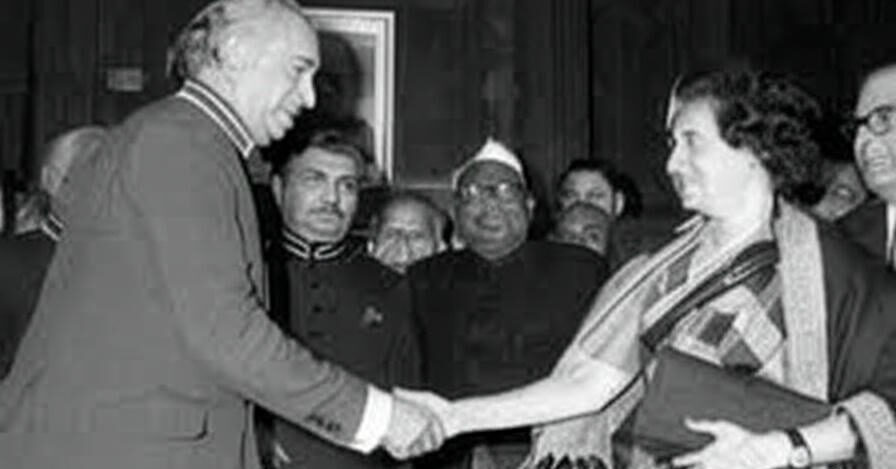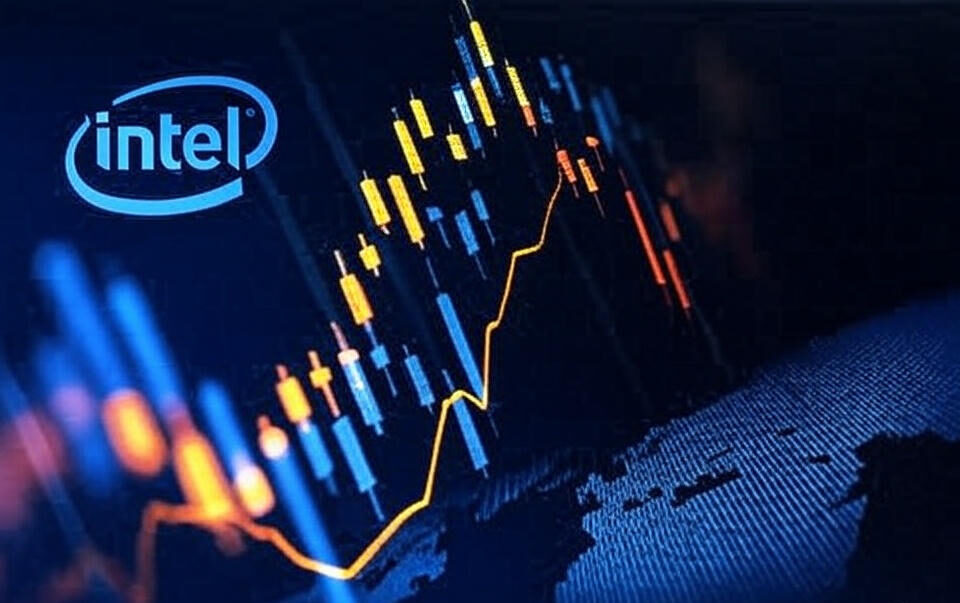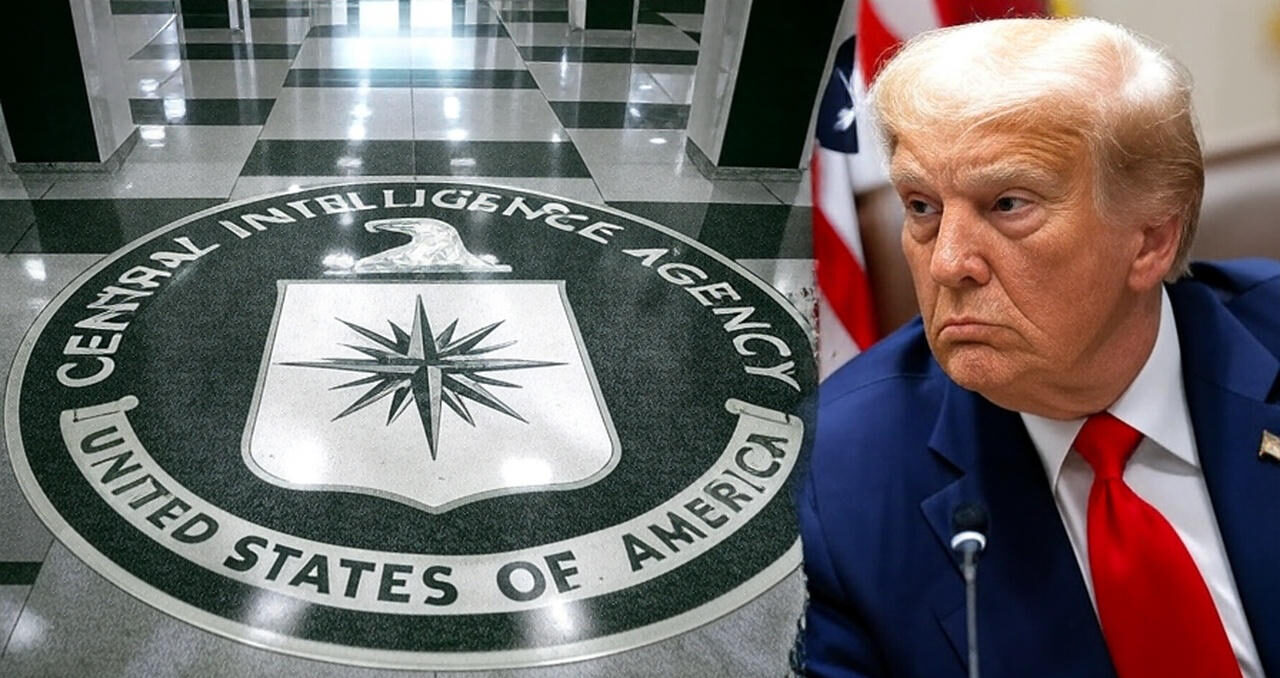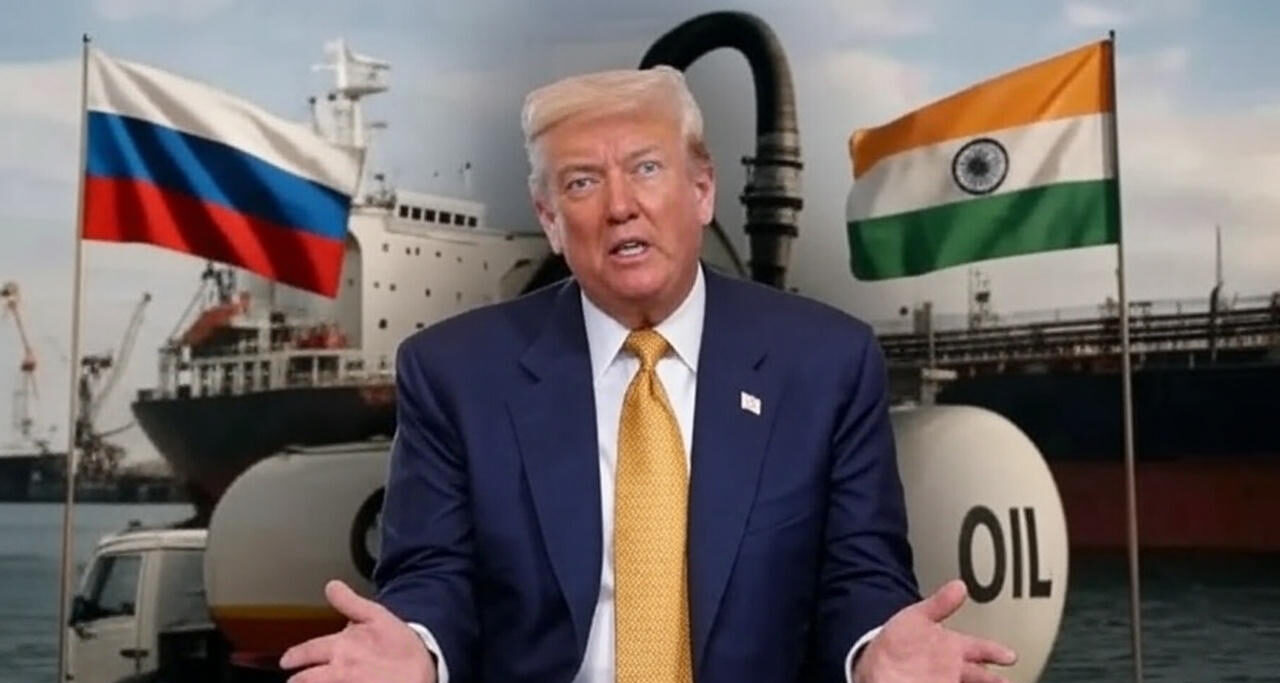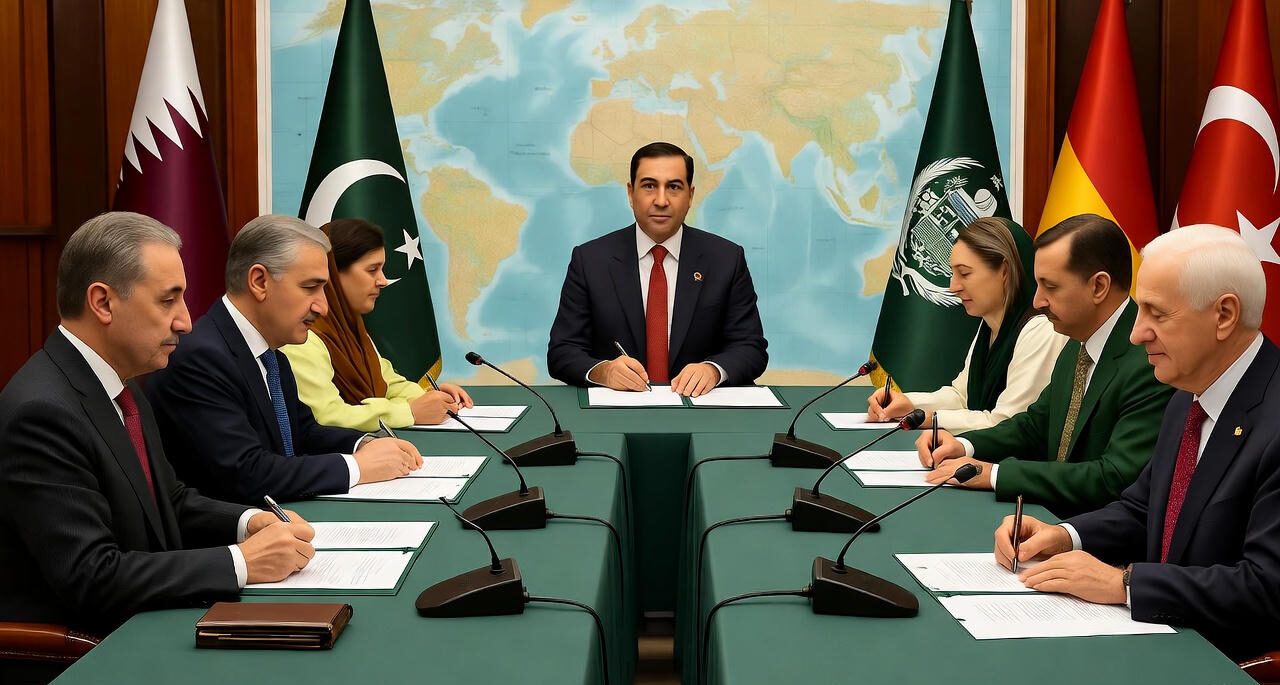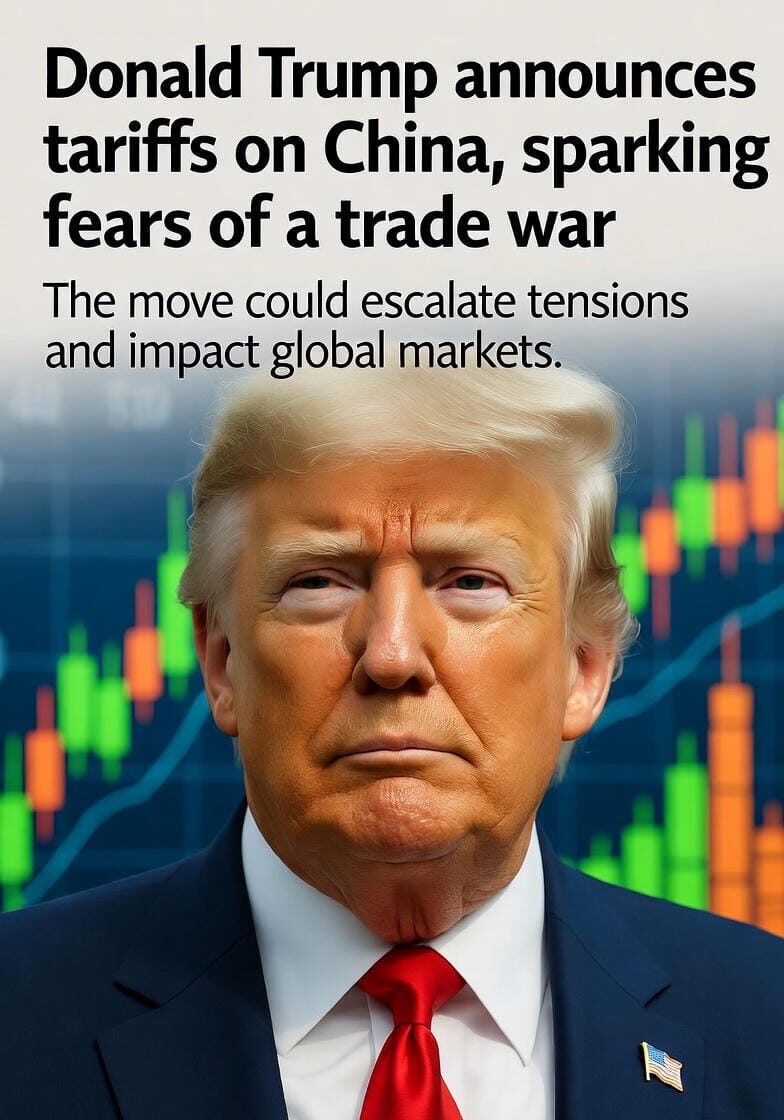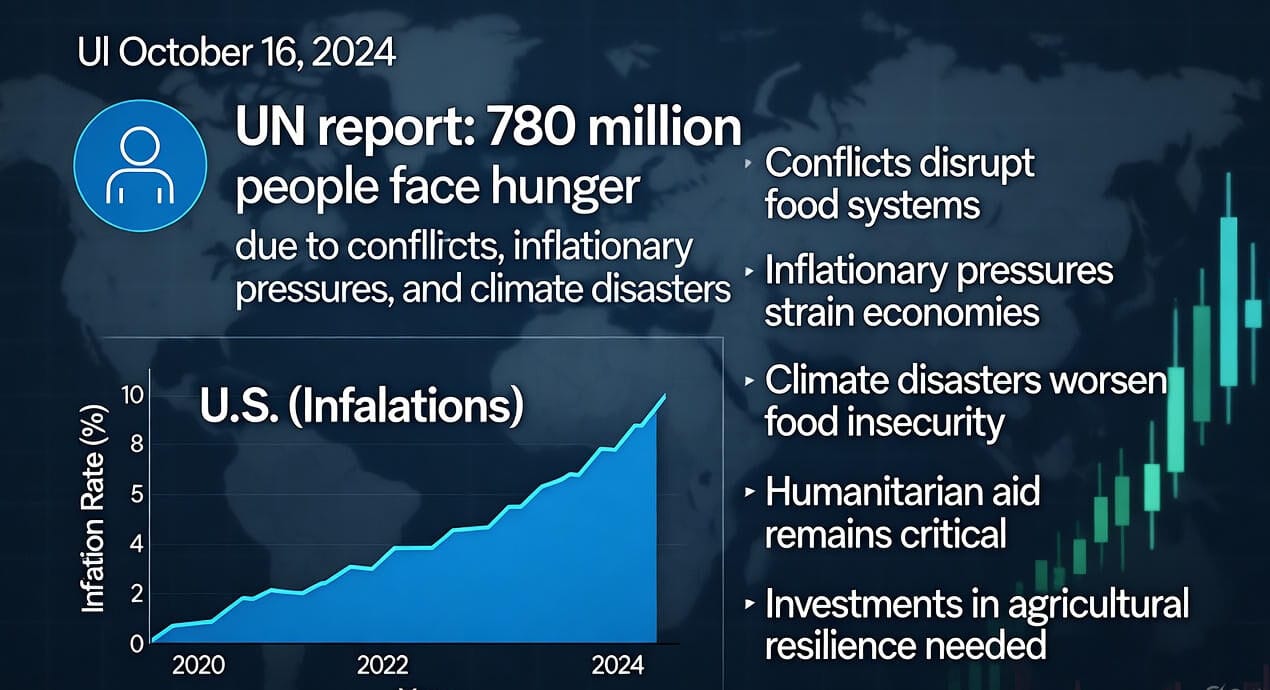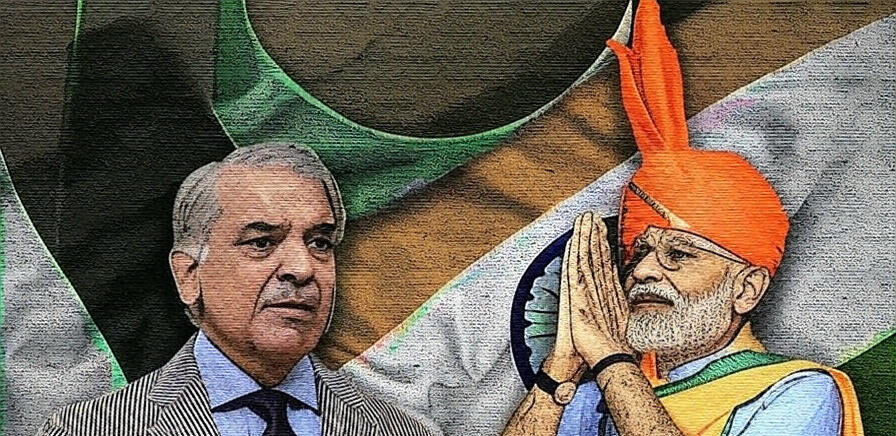
At 8:49 PM PKT on this chilly Saturday evening, May 31, 2025, South Asia is wrapped in a storm of diplomatic tension as India and Pakistan face off in a battle of words and perceptions. A ceasefire, in place since May 10, has kept the weapons quiet after a tragic militant attack in Kashmir took 26 lives—mostly Indian tourists—prompting missile and drone strikes that nearly led to war. Now, the two nations are locked in a struggle to shape how the world sees them, with Pakistan presenting itself as a champion of peace, while India showcases its military strength, most notably through the Brahmos Missile during Prime Minister Narendra Modi’s Ahmedabad rally on May 26. Social media has added fuel to the fire, turning into a chaotic space of “informational warfare” that threatens to unravel the fragile peace.
Reflecting on the Peace That Held Chaos at Bay
The ceasefire on May 10 was a moment the world had been waiting for after a terrifying spiral of violence. The Kashmir attack, set against a backdrop of misty mountains, left 26 people dead and brought back painful memories of conflict. India and Pakistan, both with nuclear arsenals, didn’t hesitate to respond with missile and drone strikes, a chilling reminder of what’s at stake. The international community, with the United Nations at the forefront, worked tirelessly to broker this truce, pulling the two nations back from the edge of disaster. But this ceasefire is a delicate one, and now the focus has shifted to a war of narratives, as both countries vie for global support with starkly different approaches.
Pakistan’s Heartfelt Plea for Peaceful Recognition
Pakistan is putting its heart into showing the world it’s a nation of peace. On May 20, its Foreign Minister addressed the UN General Assembly with a message of commitment, vowing to honor the ceasefire and urging renewed discussions on Kashmir. This isn’t just a speech—it’s a carefully crafted effort to challenge India’s long-standing claims that Pakistan fuels unrest. Through heartfelt interviews on global news networks and deepened ties with allies like China and Turkey, Pakistan is working to build an image of a nation that prioritizes harmony, hoping to win the trust of a global audience worried about South Asia’s stability.
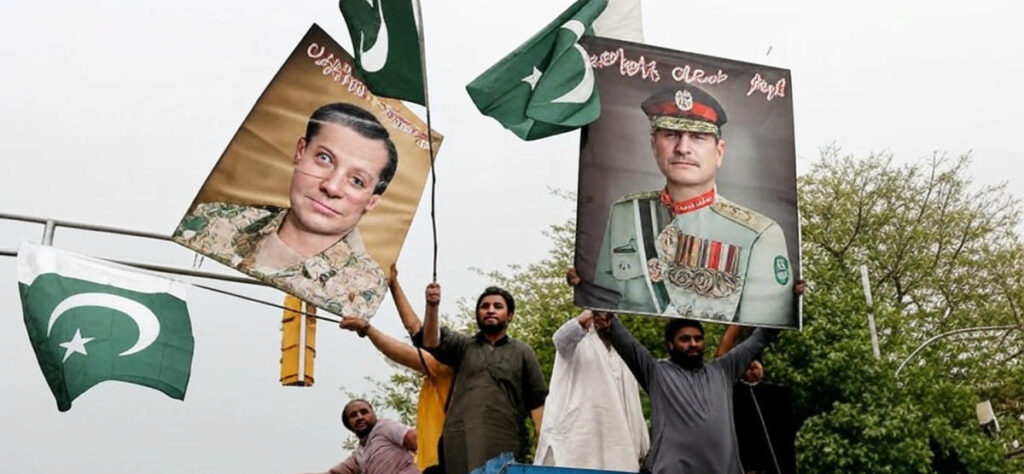
India Stands Strong With Peace Through Military Brilliance
India, on the other hand, is choosing to lead with strength. On May 26, during a vibrant rally in Ahmedabad, Prime Minister Narendra Modi proudly showcased the Brahmos Missile—a high-tech marvel that represents India’s growing military might. The crowd’s cheers echoed through the streets, and Modi made it clear: India’s peace rests on its readiness to stand firm. This wasn’t mere spectacle; it was a firm warning to Pakistan that India will protect its land with force. Backed by recent investments in new fighter planes and defense shields, India is asserting itself as a formidable guardian of the region.

Social Media Becomes a Storm of Peace Undermining Misinformation
The real battleground has shifted online, where social media is a whirlwind of competing voices. Experts label it “informational warfare,” and the chaos is undeniable. Indian supporters share clips of the Brahmos Missile, celebrating their nation’s might, while Pakistani voices post footage of their leaders at the UN, painting a picture of restraint. Yet, the danger lies in false stories spreading like wildfire. On May 28, a rumor that Indian troops had crossed the border went viral before being disproven, but not before it ignited fury on both sides, showing how quickly untruths can escalate tensions in this digital age.
Global Leaders Seek to Cool the Peace Rising Heat
The world is on edge, aware that a clash between India and Pakistan could be devastating. The United States has stepped up, with Secretary of State Antony Blinken hosting virtual discussions with both nations’ leaders on May 29 to plead for calm. China, a close ally of Pakistan, has called for peace while quietly reinforcing its border near India, adding to the unease. The UN Security Council plans a critical meeting on June 5 to address the crisis, with whispers of peacekeeping forces for Kashmir—though neither country welcomes the idea, it might be the only way to prevent an explosion.
Economic Pressures Add to the Peace Strain
This rivalry carries heavy economic weight. India’s thriving tech and manufacturing hubs can’t withstand a war that drives away investors or halts trade. Pakistan, battling inflation and energy woes, needs peace to nurture its bold new Bitcoin reserve initiative, launched just yesterday on May 30. The ceasefire has sparked a trickle of cross-border trade, but it’s a fragile start. Both know that renewed fighting would shatter their economies, yet the deep rift over Kashmir keeps pulling them apart, making trust a distant dream.
Imagining a Future Where Peace Takes Root
As night falls over South Asia, the ceasefire holds, but the diplomatic fire burns bright. Pakistan’s call for peace clashes with India’s show of strength, while social media keeps the tension alive with every shared post. The global community watches, yearning for these nations to choose dialogue over discord. The journey ahead demands open talks and a mutual will to step back from the brink. If India and Pakistan can rise above their troubled past, they might forge a South Asia where harmony, not hostility, lights the way forward.
